This access point (AP) is the first to be installed on the International Space Station’s port truss.
Figure 1: NASA astronaut Raja Chari connects an Ethernet cable to a wireless high-definition camera assembly on the main truss of the International Space Station, converting it to operate as a Wi-Fi access point. (Source: NASA)
During a seven-hour spacewalk on March 23, 2022, NASA astronaut Raja Chari and ESA astronaut Matthias Maurer installed a Wi-Fi CERTIFIED™ access point (AP) on the port side of the International Space Station’s main truss. The access point is the first to be sited on the port truss, and from this vantage, the newest AP provides not only a great camera view but also an open Wi-Fi® line-of-sight for the port side of the Russian segment and the Japanese Experiment Module External Facility (JEM-EF) experiment porch. The station’s solar panels partially block radio signals but the new access point is close enough to penetrate the port solar panels enough to reach the worksite where astronauts recently installed additional panels (iROSA).
An incremental approach
Because the access point is packaged with a high-definition camera, it replaced the existing external high-definition camera (EHDC) on the external television camera group (ETVCG). Chari and Maurer connected an Ethernet cable that was routed a year earlier on March 13, 2021 by NASA astronauts Victor Glover and Michael Hopkins, who were already working in the area. Working among the solar panels at the end of the port truss, the Wi-Fi coverage for Hopkins and Glover’s helmet cameras were challenged by distance and blockages to the nearest access point. Hopkins and Glover did not connect the Ethernet to the high-definition wireless camera at the Camera Port number 8 (CP8) camera at the time because the Ethernet connector is difficult to manipulate while wearing gloves. Originally the camera assembly was designed to connect wirelessly, and the Ethernet connection on the camera was intended as a service connector for logistics on the ground. Before moving the replacement camera into the airlock, Chari and Maurer fitted a pigtail to the replacement camera to allow them to easily connect the Ethernet during the spacewalk.
Figure 2: NASA astronaut Raja Chari double-checks the Ethernet connection to the replacement camera’s test port on March 17th. (Source: NASA)
Figure 3: After routing a pair of Ethernet cables along the port truss out to the Camera Port 8 on the International Space Station, NASA astronaut Michael Hopkins leaves a bag over the end of the cable in March 2021. ( Source: NASA)
The high-definition camera at CP8 was originally installed during a spacewalk in September of 2016 by Commander Jeff Williams and astronaut Kate Rubins. Digital camera image sensors accumulate “dead pixels” and periodically need to be replaced. At that time before the ethernet cable was installed, the camera connected as a wireless client.
Figure 4: The External Television Camera Group (ETVCG) is comprised (left to right) of a luminaire, a motorized pan-and-tilt positioner, and standard-definition camera. In 2016, space walkers mounted a high-definition digital camera (EHDC) beside the analog camera and re-routed luminaire power to pass through the digital camera assembly. The digital camera connected wirelessly as a Wi-Fi client. Close-out photo of Camera Port 8 EHDC installation taken by astronaut Jeff Williams. (Source: NASA)
Eight NASA Wi-Fi APs were already providing coverage around the outside of the space station, with two of them located on the starboard end of the main truss, and six on the pressurized living space. The radio propagation environment of the space station is dominated by the surrounding black emptiness of space, and of course the metal structure and metalized blankets. The high-definition camera at Camera Port 9 presently remains a Wi-Fi client (it has connected to nearby Camera Port 8) but the Ethernet is already routed to convert CP9. When the CP9 camera is replaced, the zone will have redundancy and wireless capacity will double as CP9 will offer significant coverage overlap for CP8.
A welcome improvement
A pair of Russian spacewalks in April were the first to benefit from the improved coverage. Roscosmos cosmonauts Oleg Artemyev and Denis Matveev conducted both spacewalks, which added a European Robotic Arm to the new Russian Nauka module. As customary, NASA’s helmet cameras were installed onto the Russian Orlan suits, and the complement now includes a high-definition Wi-Fi camera supplementing legacy standard-definition analog cameras. As a result of the new access points, the streaming digital video upload from each of the two suits during the spacewalks has become more robust than the legacy video system.
Figure 5: Cosmonaut Oleg Artemyev waves to the camera during a spacewalk on April 18. Artemyev was working to complete the new Nauka multipurpose laboratory module and configure the European robotic arm on the International Space Station's Russian segment. Russian ground controllers supporting Dubrov were able to see live high-definition video from his Orlan spacesuit delivered over Wi-Fi. (Source: NASA)
A robust infrastructure
Wi-Fi infrastructure surrounding the International Space Station is now significantly diversified and roaming clients can find reliable wireless connectivity almost anywhere they can go. The versatility of wireless network technology, interchangeable parts, and easily relocated installations continues to allow NASA’s External Wireless team to adapt quickly to meet emerging needs.
Trade names and trademarks are used in this report for identification only. Their usage does not constitute an official endorsement, either expressed or implied, by the National Aeronautics and Space Administration.
The statements and opinions by each Wi-Fi Alliance member and those providing comments are theirs alone, and do not reflect the opinions or views of Wi-Fi Alliance or any other member. Wi-Fi Alliance is not responsible for the accuracy of any of the information provided by any member in posting to or commenting on this blog. Concerns should be directed to info@wi-fi.org.



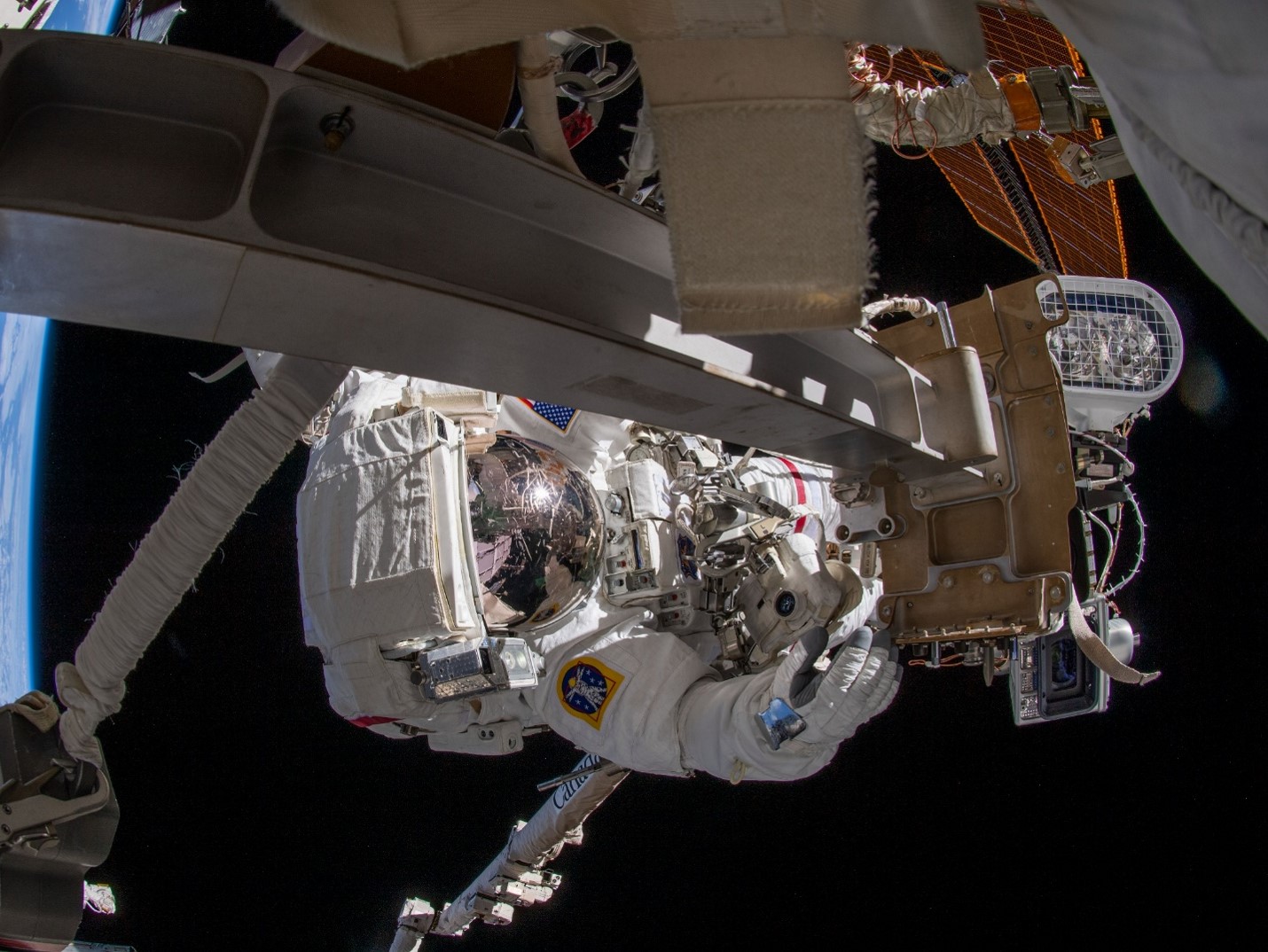
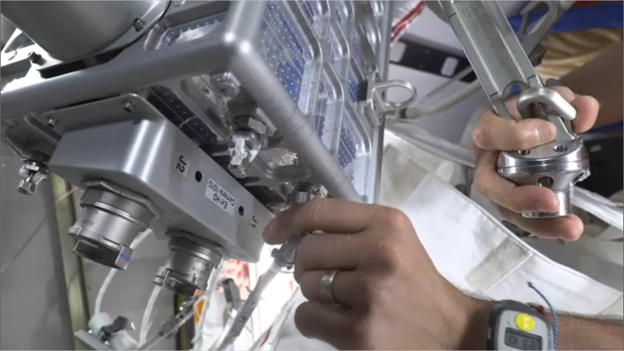
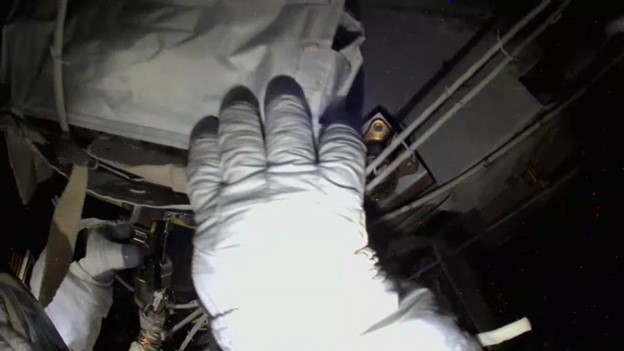
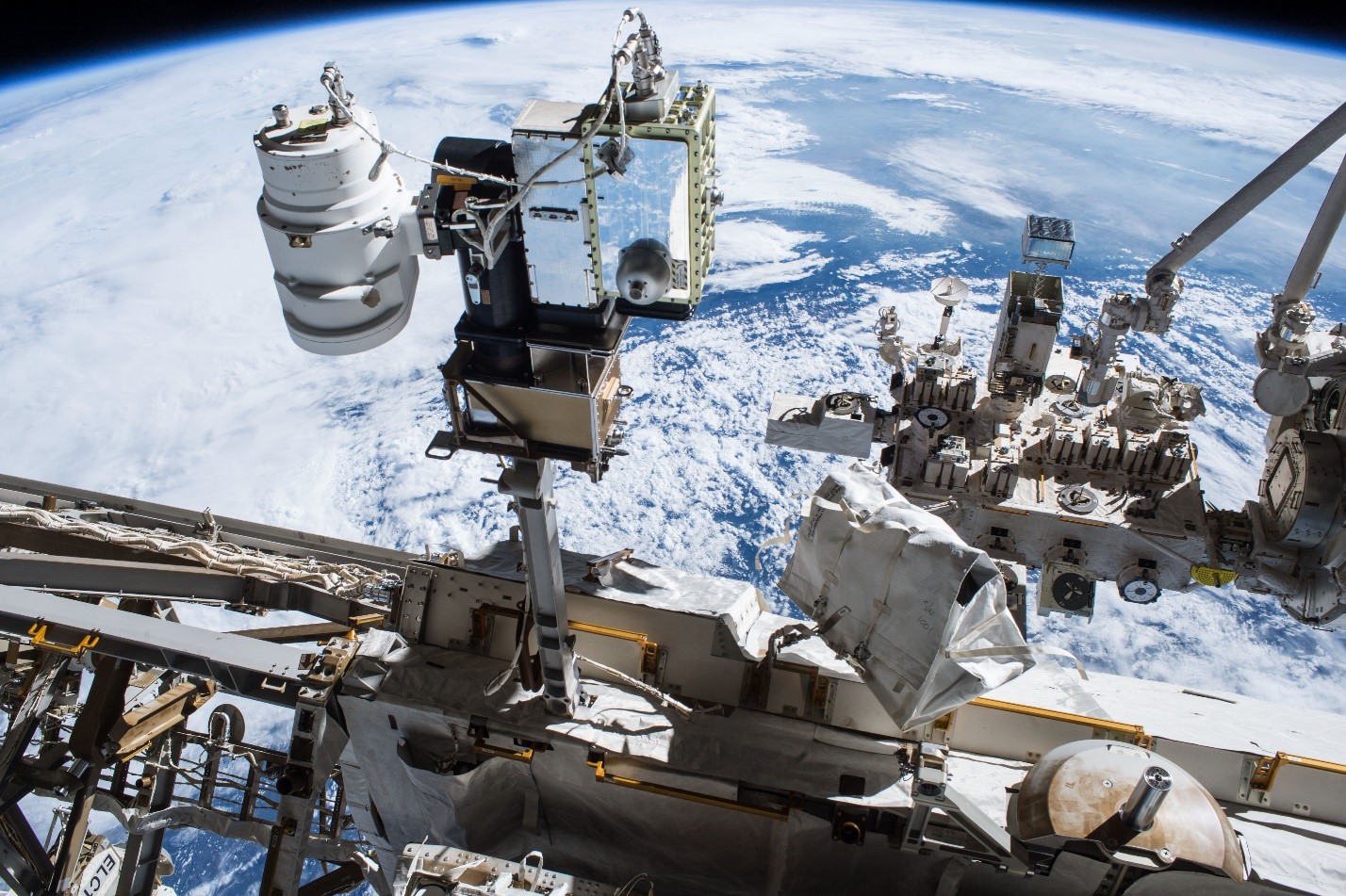
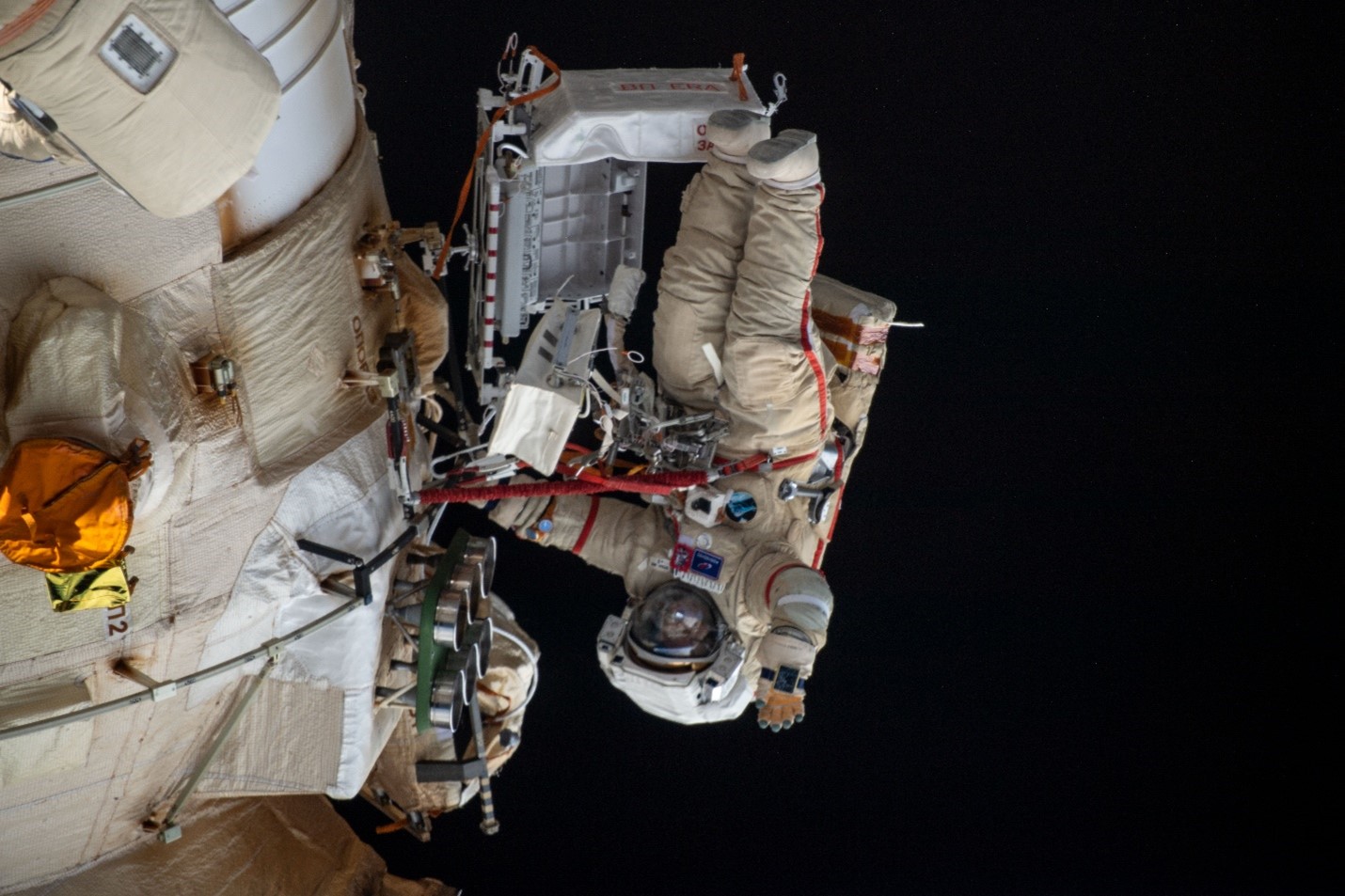

Add new comment